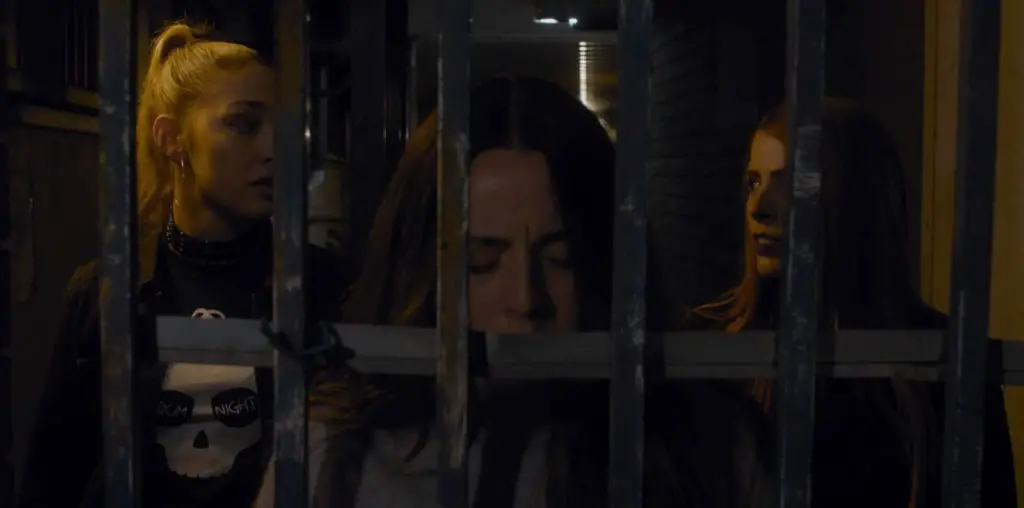
Quixotically (for the uninitiated, like myself) billed as a wildlife crime documentary, this low-key, micro-budgeted labor of love from Baltimore-based filmmaker Mark McDannald won the best documentary award at this year’s DC Independent Film Festival (and continues to make other festival appearances). It is a short (less than one hour) look at the world of a lanky, curly-haired man (full name: Ofir Drori), a rogue Israeli activist battling corruption in the second-most-populous continent.
But the crime? Well, within the several intertitles throughout the film, you’ll get to the back story soon enough, about the never enforced laws (thankfully changing for the better) that are meant to protect endangered species in West and Central Africa, and of Ofir’s decade-long quest, through his Last Great Ape (LAGA) project (and 2012 book), to enable a “law enforcement organization” to correct that situation.
Interspersed (not always fluently) during the film’s spits of short investigatory snippets, there are the hands-on rescues that define Ofir’s emotional and tender relationships with his subjects, be it a small male chimpanzee christened “Future” (placed at In Defense of Animals Africa shelter in Bélabo, this “child” suffers a separation anxiety, and a major infection, in Ofir’s absence), or the baby gorilla he names “Life,” a more delicate situation because of the frustrating corruption within the government agencies he must sidestep. The world needs a lot more people like Ofir and his Last Great Ape program—and supporting organizations like the Cameroon Wildlife Aid Fund and the Limbe Wildlife Center—if such incredible foster parenting will bring peace and understanding to our massively screwed-up planet.
In this amateur version of an extended “60 Minutes” episode, the film’s hidden cameras examine a series of criminals, from the bushmeat dealers at the Mvog Mbi market to the ivory thieves in Youndé, Cameroon, to chimpanzee and other endangered species traffickers. McDannald, credited as editor-producer, uses footage shot mostly by his brother Dave, who met Ofir in Kenya in 2000. That material, consisting of 60 unlabeled miniDV tapes, includes some that home video enthusiasts might trash–the kind you think is mistakenly secured because your camera is on when you thought is was off or you’ve set the exposure too dark, while it actually was being used as legal evidence. The soundtrack has the occasional buzz of a misconnected microphone. The sound could use some cleaning up—initially I was straining to understand some of Ofir’s foreign-accented English. Thankfully, there are subtitles used as the film progresses. Still, there’s a sense of raw authenticity when the talking heads (mostly Ofir, explaining his footage to would-be supporters) and the undercover material are cobbled together into a hard-hitting, heart-melting exposé.
As Mark McDannald would later comment: “For the most part, there was never really a documentary in mind as things were being filmed, and what limited direction Ofir did give was not good; I had to cut around it. Ofir didn’t think that the tapes held much promise and I don’t think he actually expected me to take on the task (when asked by Ofir in 2009), and once he handed off the tapes, he really didn’t influence the film at all.”
Kudos are definitely in order for Ofir and his marvelous efforts, and a grand thank you to the McDannald brothers for pushing Ofir’s efforts out into the public eye. Hopefully, word will spread as “Ofir” gets more exposure.
